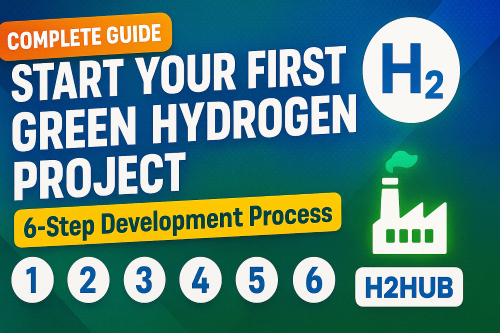How much electricity will be produced if we cover the Sahara with solar panels?
- switchingtosolarpv
- Dec 16, 2022
- 3 min read
With the world’s population growing and the demand for energy ever increasing, scientists are investigating different ways to produce electricity. One such way is by covering the Sahara desert with solar panels. But how much electricity would this actually produce? Let’s take a look.
The Sahara desert is one of the largest deserts in the world
The Sahara desert is truly a marvel of the natural world. Spanning over nine million square kilometers, it is the third largest desert in the world with a size nearly as large as that of mainland United States! The desert also happens to be one of the hottest places on Earth with average temperatures ranging 48°C during summers – and it can easily reach up to 58°C in some areas. Despite its unforgiving heat and arid climate, the Sahara still has pockets of life due to underground aquifers and oases – an incredible feat amidst such dry conditions. It is no surprise that this inhospitable landscape inspired numerous folklore and stories throughout history, making it even more interesting to explore.
It receives a lot of sunlight, making it ideal for solar panels
Harnessing the sun for energy is more important than ever, and desert climates are ideally suited for making this happen. By capitalizing on the abundance of natural sunlight in a desert environment, it is possible to make significant progress towards producing clean and renewable energy with solar panels. With consistent levels of sunshine all year round and often cloudless skies during peak production hours, deserts can become major sources of power with minimal investment or disruption to any existing ecosystems. Exploring desert climates as viable sites for large-scale solar projects could be an advantageous way to help combat climate change without sacrificing quality of life or access to resources.
If we covered the Sahara with solar panels, we could produce a lot of electricity
The enormity of the Sahara Desert is difficult to comprehend, but if we take its size and potential into consideration, imagine what could be accomplished by using the desert’s surface area as a massive solar panel. With technology advancing ever-faster and the need to find sustainable sources of energy critical, covering the Sahara with solar panels would enable a huge amount of electricity to be produced. Not only that, but it could potentially power entire countries or regions multiple times over while reducing carbon emissions significantly. The possibilities are immense, and it’s definitely an idea worth exploring further.
However, there are some drawbacks to covering the Sahara desert with solar panels
Although the Sahara desert is an ideal destination to generate solar energy, it’s not without its challenges. The biggest challenge would be the sheer size of the Sahara desert. Covering it in solar panels is a vast undertaking and would require immense resources and infrastructure in order for it to succeed. Another issue is cost – solar panels are expensive, so covering an enormous area like the Sahara desert could impact people financially. High winds also present a problem, as they can potentially cause damage to the solar panels, interrupting energy production. Lastly, due to extreme temperatures across different parts of the Sahara, some areas may not be suitable for efficient use of solar energy creation. Even with all these drawbacks, there has been much discussion about utilizing green technologies for renewable energy production in the Sahara desert – let’s hope this idea becomes feasible soon.
Solar panels require maintenance and can be expensive to install
Solar panels require regular maintenance to keep functioning optimally and to get the most out of the energy they produce. It is important for homeowners to be aware of the upkeep needs for their solar system, such as cleaning the panels and monitoring for any defects. As with most home improvement projects, installation may also be pricey depending on the scope of the job. However, these upfront costs are often offset by reduced energy bills down the road and an opportunity to reduce one’s carbon footprint.
There is also the issue of what to do with all the electricity that is produced in the Sahara desert
The Sahara desert covers 3.5 million square miles and is one of the most geographically expansive deserts in the world, so the issue of what to do with all that electricity is a pressing challenge for renewable energy experts. One potential solution is to use it to generate hydrogen fuel cells, which would be beneficial to countries across North Africa, the Middle East and Europe by providing clean, sustainable energy options while reducing reliance on fossil fuels. Experts are also looking into capturing this abundant source of electricity and transferring it to other regions via high-voltage power lines. This would greatly slash costs associated with large-scale energy projects as well as reduce global carbon emissions significantly. As such, developing effective ways to use the abundance of renewable resources found in the Sahara desert could be quite groundbreaking for society.



Comments